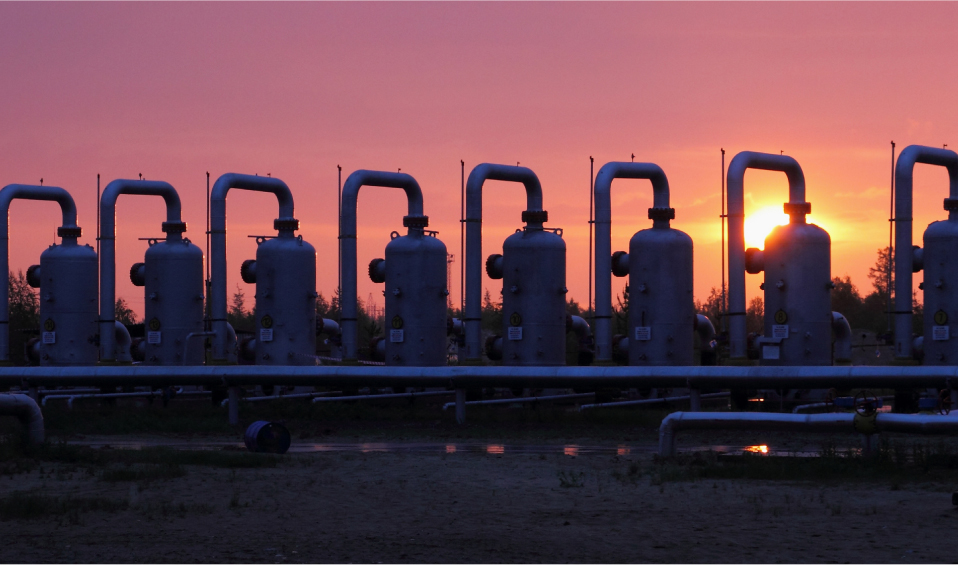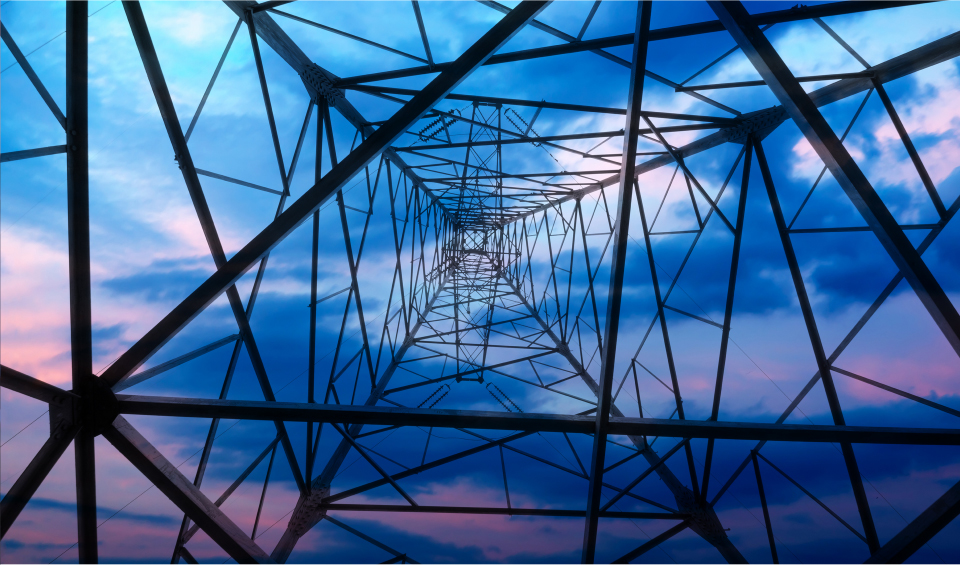
Thanks to ESCP Business School's Energy Management Centre wide network in the academic and business communities, our views on energy news give you comprehensive insight into energy issues.
Please join us...
Increased price and supply risk in the British gas market this winter suggest a need to further diversify sources of gas supply. The UK does not need to look far however, as homegrown shale gas is a way to lessen the risk premium on gas in future winters.
Before discussing shale gas, it is worth examining the situation the UK faced regarding gas prices this winter. According to broker prices compiled by Bloomberg, the first two weeks of February witnessed the highest price swings in day-ahead gas, as measured by 30-day historical volatility, since fall 2009, with price swings more than tripling over that period (Brown and Farey, 2012). Strong Asian natural gas demands and cold weather which strained on-hand gas supplies had no direct effect on consumers during this two-week period, but it certainly complicated energy utilities' efforts to supply electricity at stable prices.
Even a nuclear disaster like Fukushima cannot wipe out nuclear reactors from the world. Accidents, proliferation, social unease and high capital costs, all indicate that nuclear energy cannot grow fast, though in general, this is the case with almost all energy technologies that mature and succeed each other over many decades. Eventually, nuclear will play a larger role in electricity generation, but it will get there slowly.
In a pre-Fukushima report, according to the BP Statistical Review of World Energy (2010), energy consumption in the OECD countries during 2009 fell faster than GDP, marking the first decline since 1928 and the sharpest decline (in percentage terms) on record. The developing world on the other hand, experienced an energy consumption growth faster than GDP. Looking forward, based on the reference case scenario of the International Energy Outlook (2010) report, world marketed energy consumption, total energy demand in the non-OECD and in the OECD countries is expected to increase by 49, 84, and 14 percent from 2007 to 2035, respectively. The latter two demand percentages pinpoint the increasingly high importance that emerging markets play in the world economy, especially during and after the global economic recession that started in 2007. Most of the growth in energy demand mainly stems again from the non-OECD countries that are also expected to have by far the highest growth in energy consumption compared to the OECD countries (see figure 1). Even though most of the developed countries seem to have exited the recession, the recovery has been mostly led by countries such as China and India, with Japan and the European Union member countries being the laggards.




527 Finchley Road
London NW3 7BG
United Kingdom
Tel: +44 (0)20 7443 8800
Fax: +44 (0)20 7443 8845
E-mail: [email protected]










